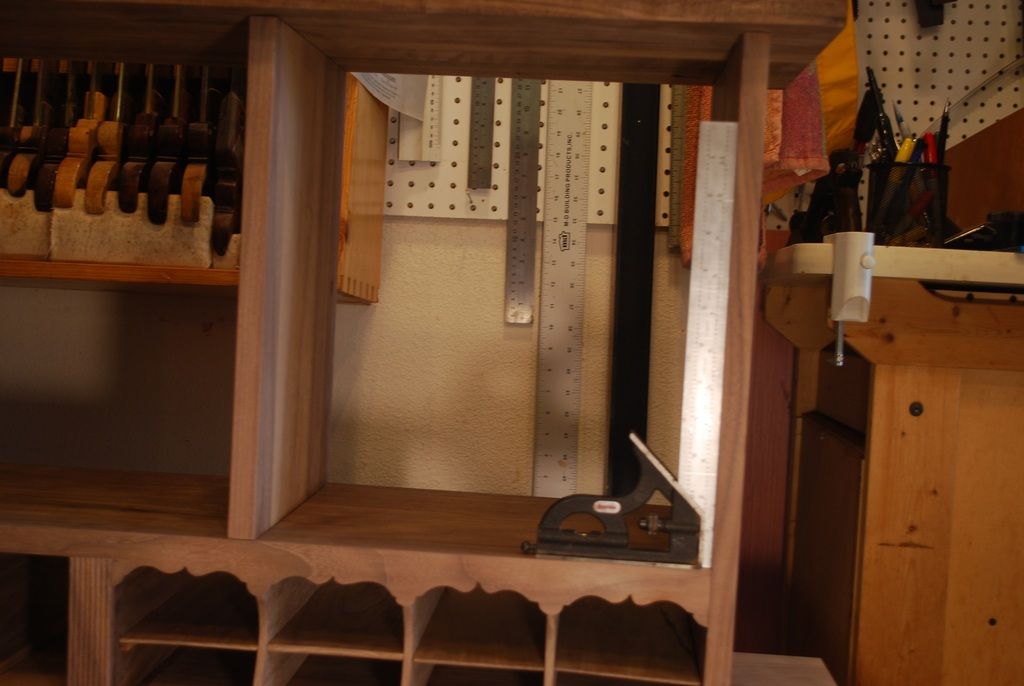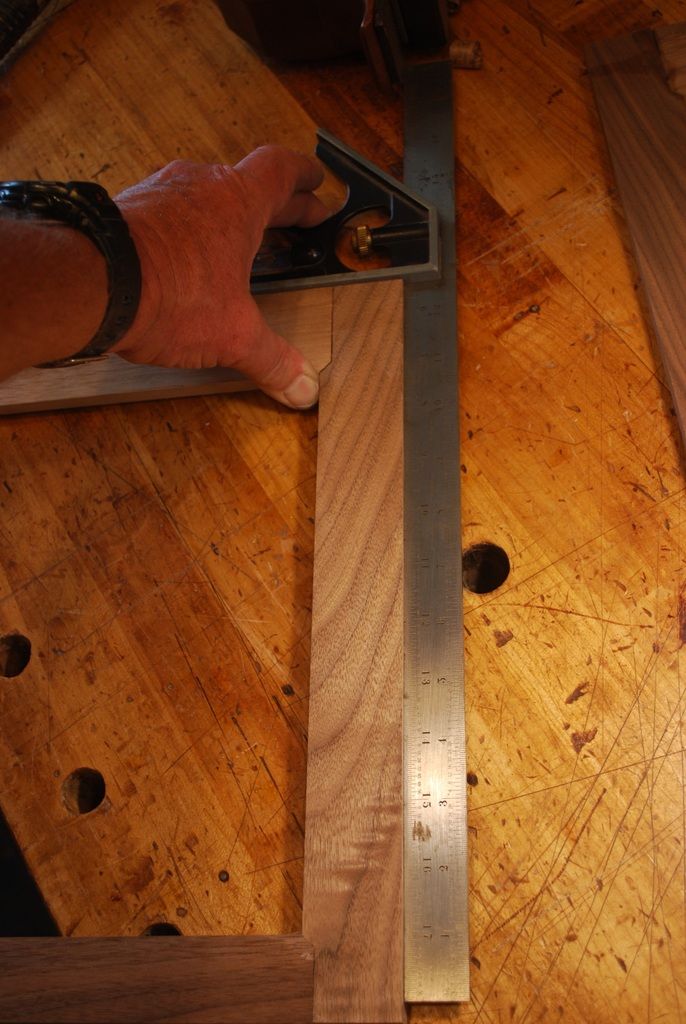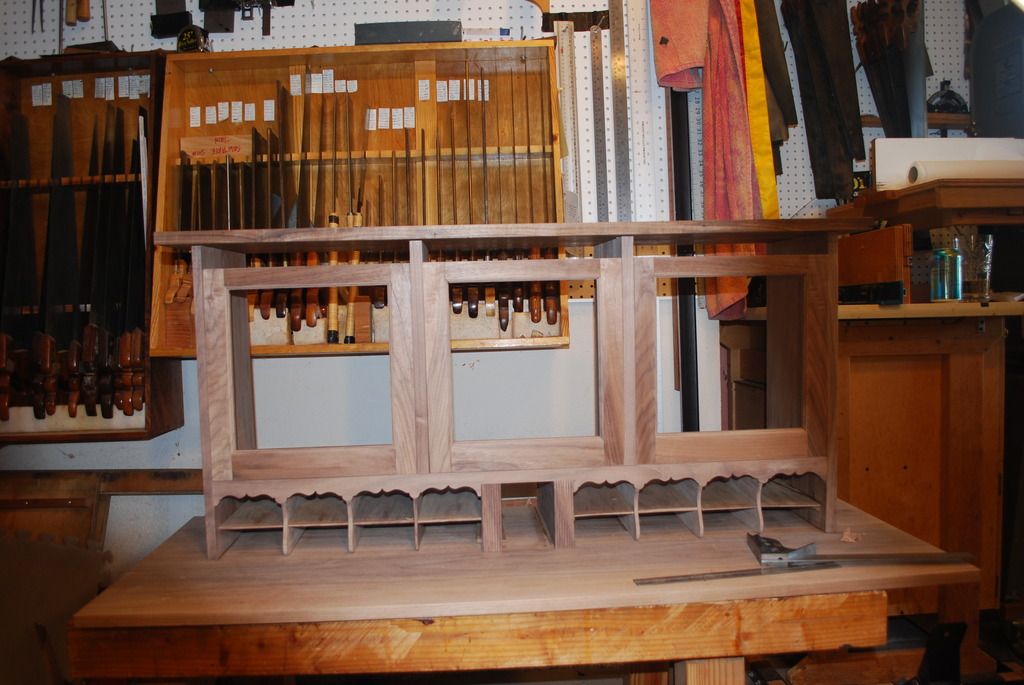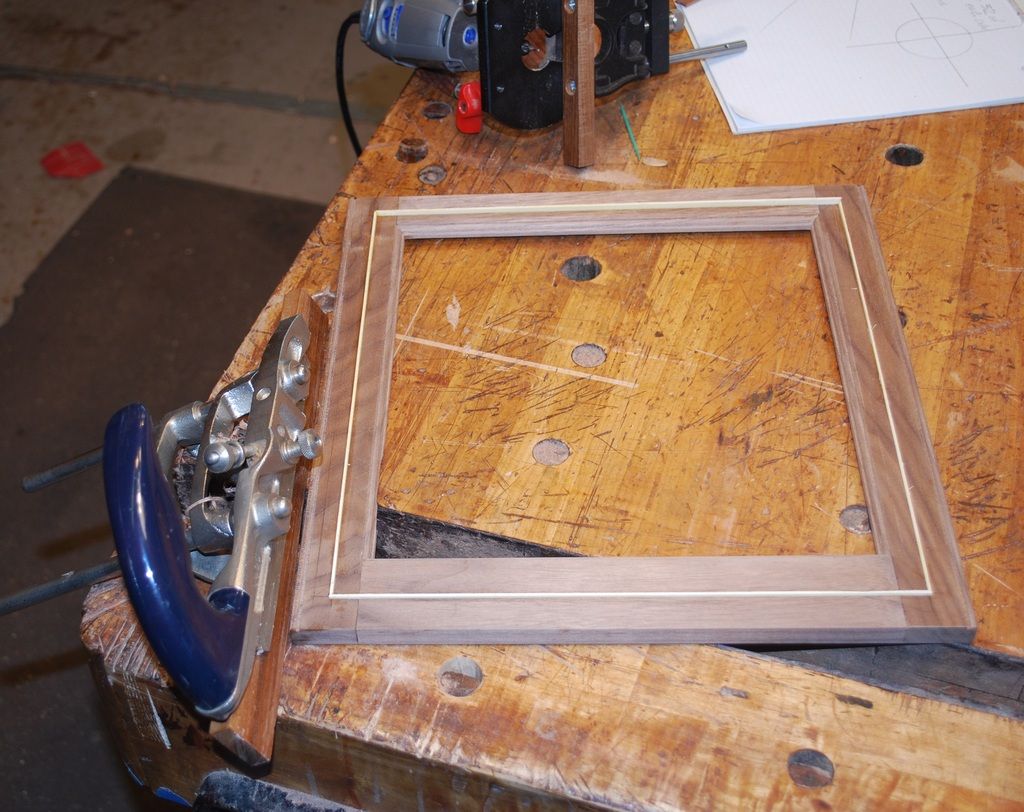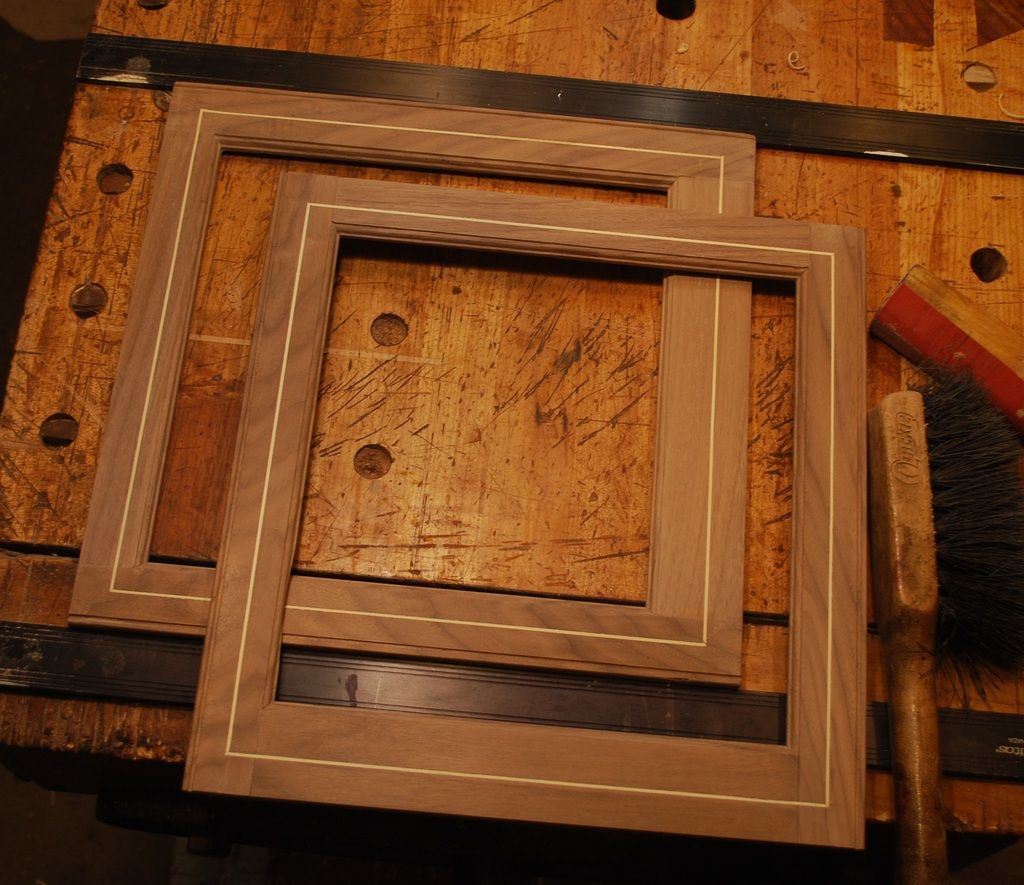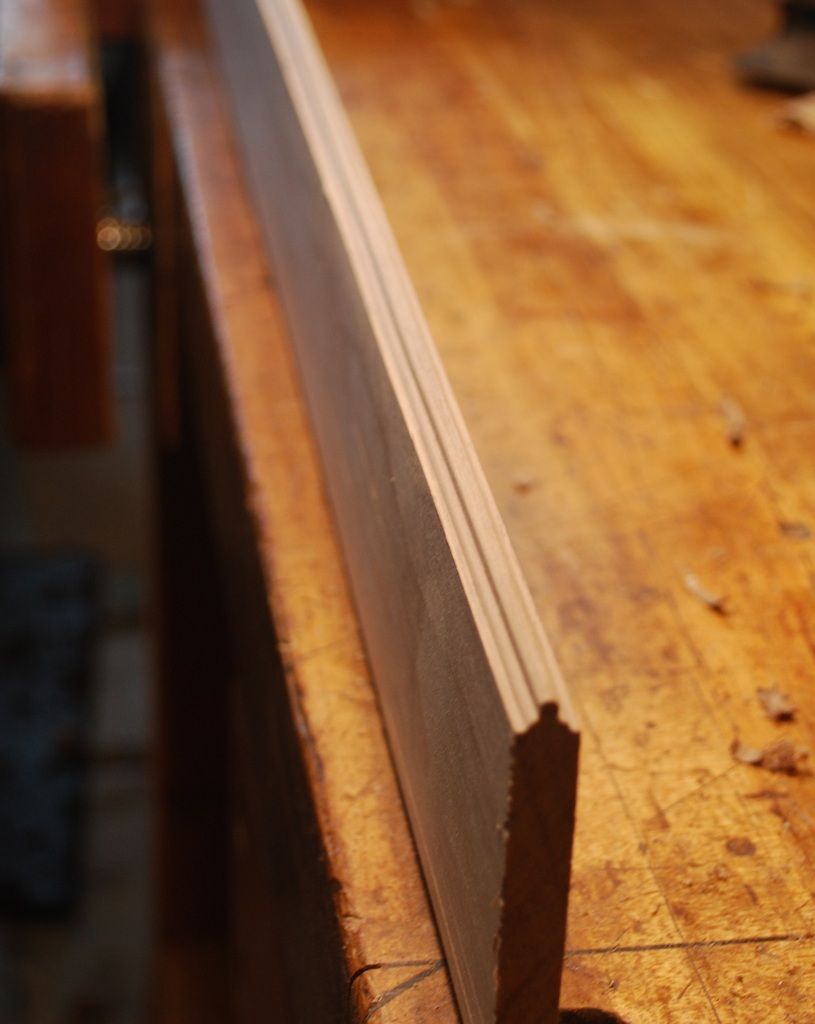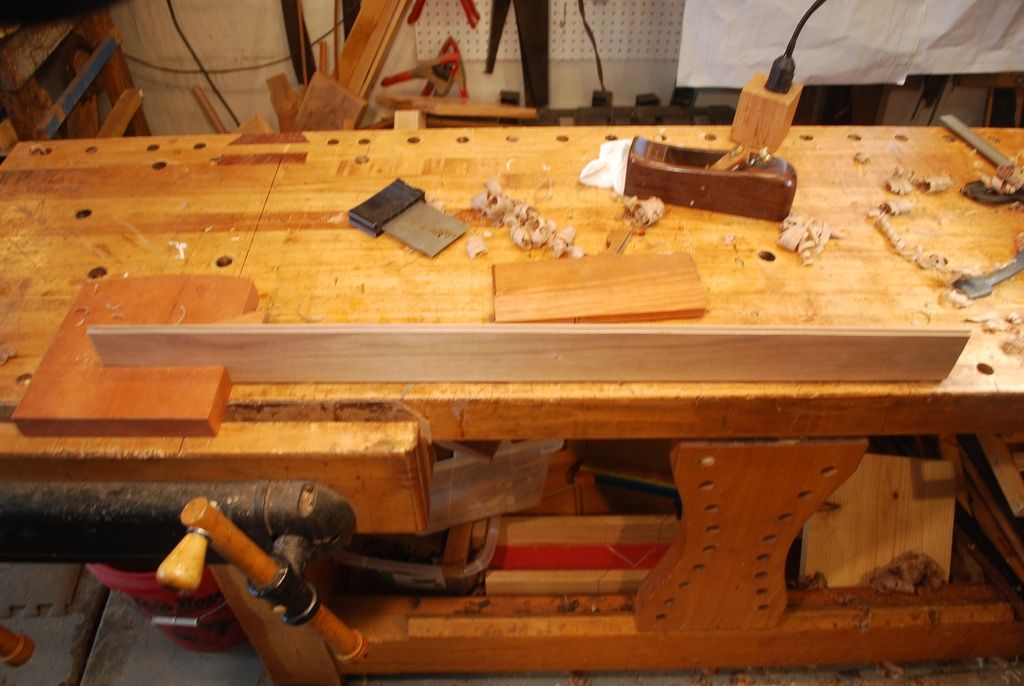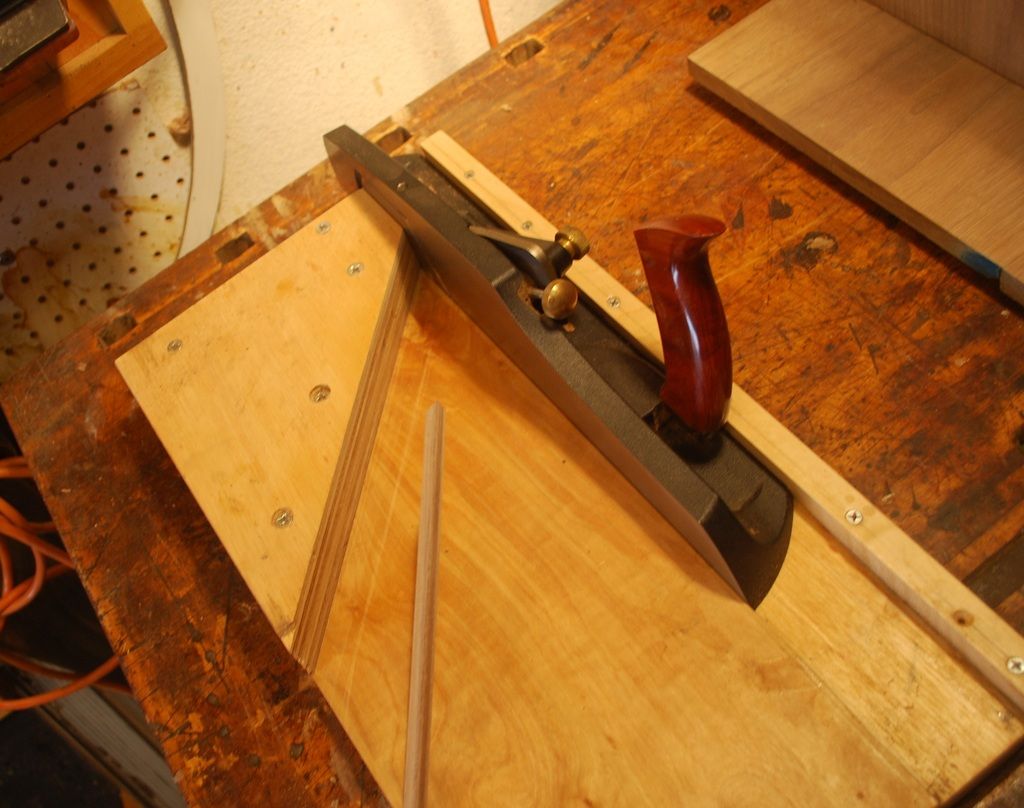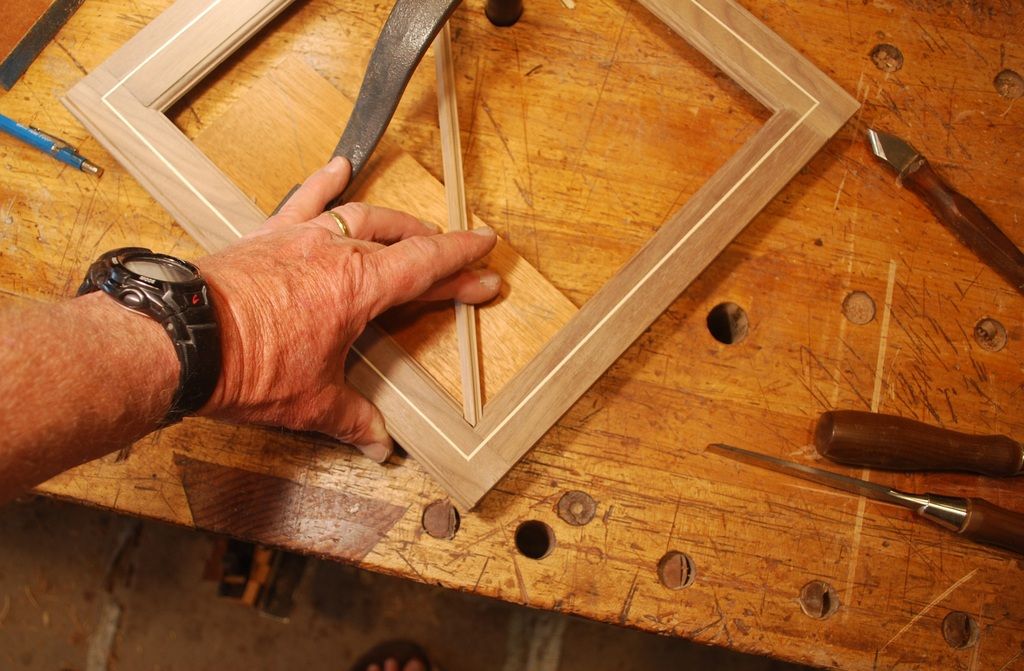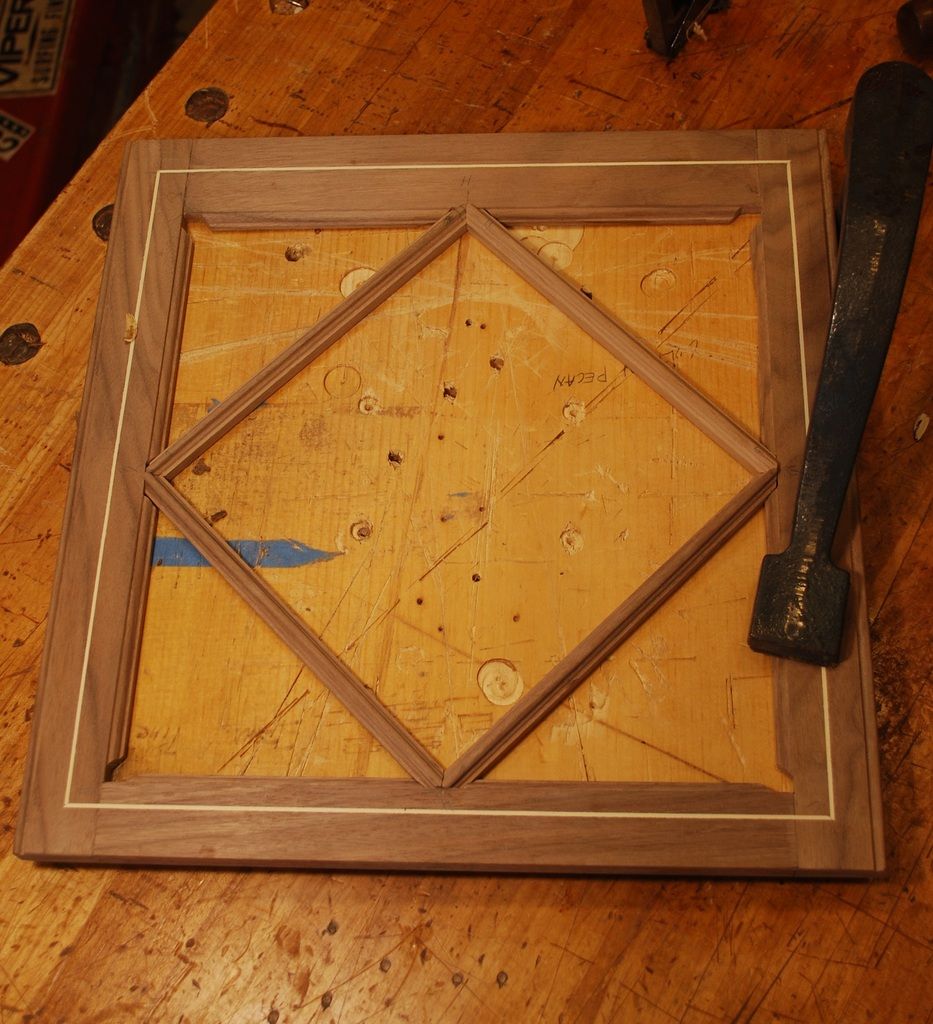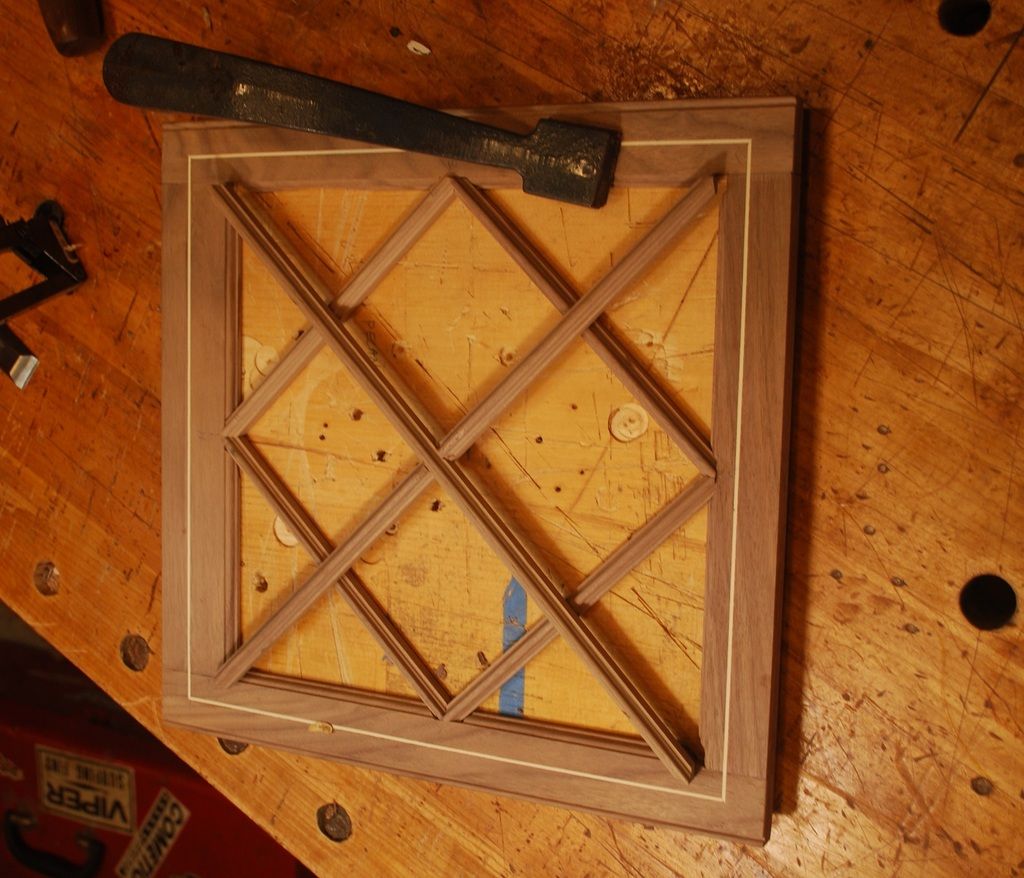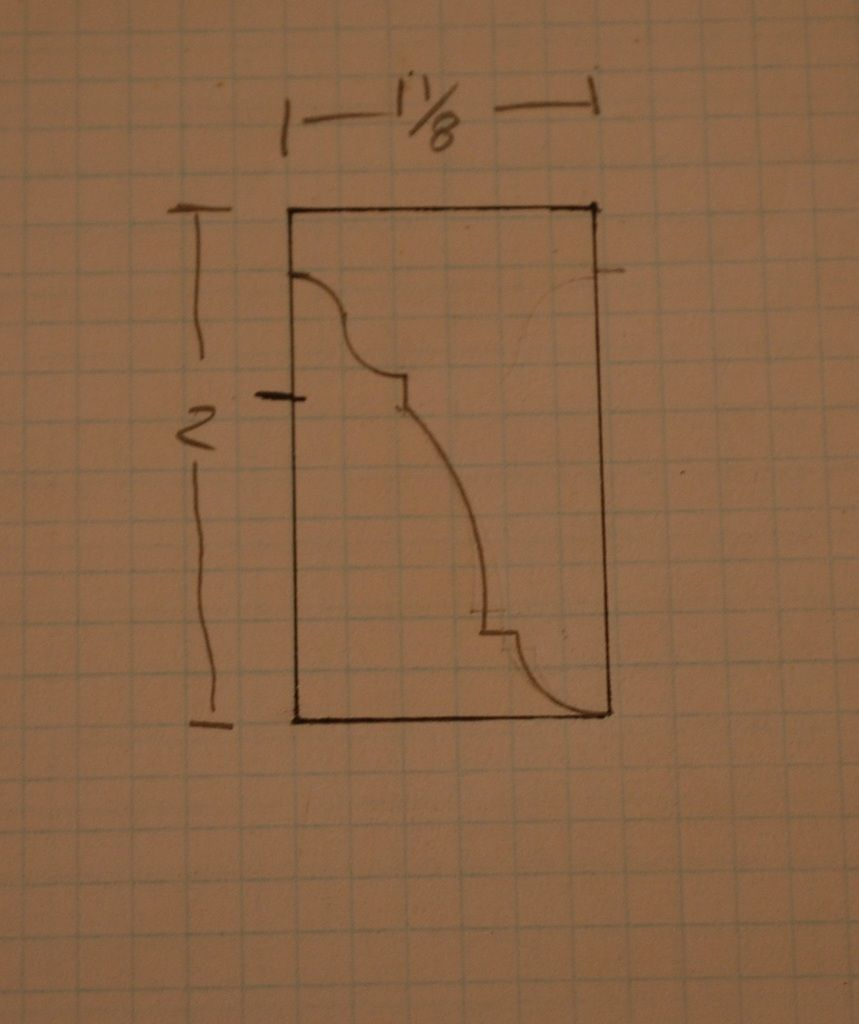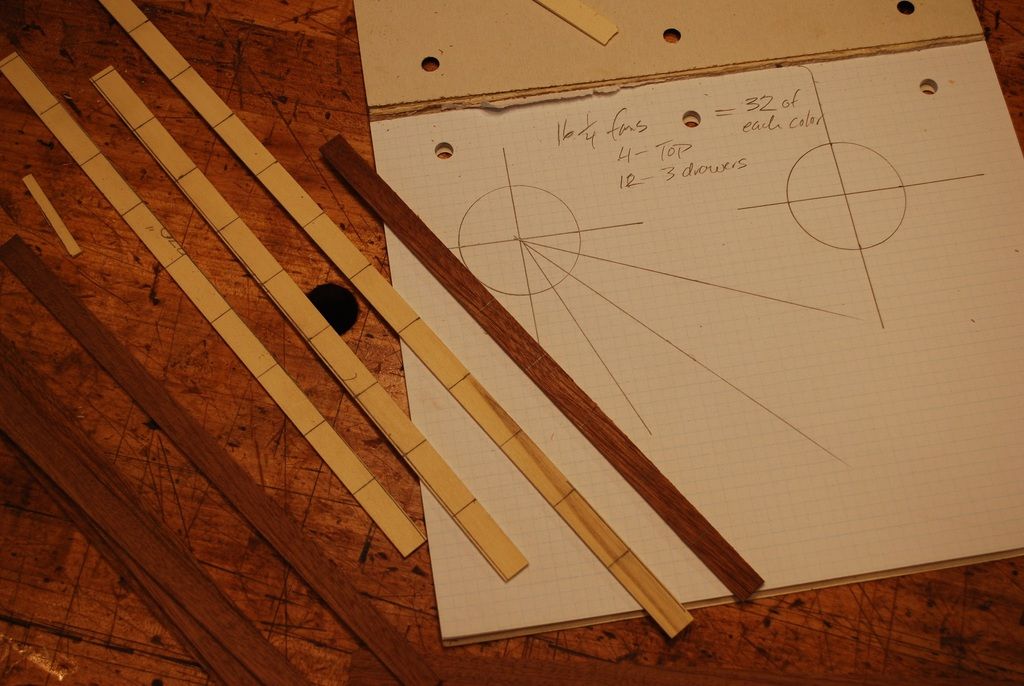This is the 3rd post of this build, you can get the first part of the build on a previous post.
I repaired the horizontal divider above the central door to get a straight, tight reveal. Probably way more time/effort than it's worth, but now I'm glad I did it.
New with the casework done next step is to build the 3 doors for the upper bookshelf. I try to avoid measuring whatever possible and expandable dividers like this work well for me to get interior measurements.
I added a 3/16 inch wide bead on the inside surface of the doorframes with the molding plane. Sorry no pictures, my wife had the camera.
Sawing/pairing the beading from rail/style's for joinery. Getting adjoining faces square is important because errors will be revealed in the joinery.
I typically prefer mortise and tenon joints, especially for doors like this without a central panel to add rigidity. However, I totally blew measurements and had to go with dowels to make the precut doorframe pieces fit.
I use a guide block to pair the miter for the beading.
After assembly, a final planing gets rail/styles flat. I like using a card scraper to smooth show surfaces of right up to adjoining rail/style joints.
Do



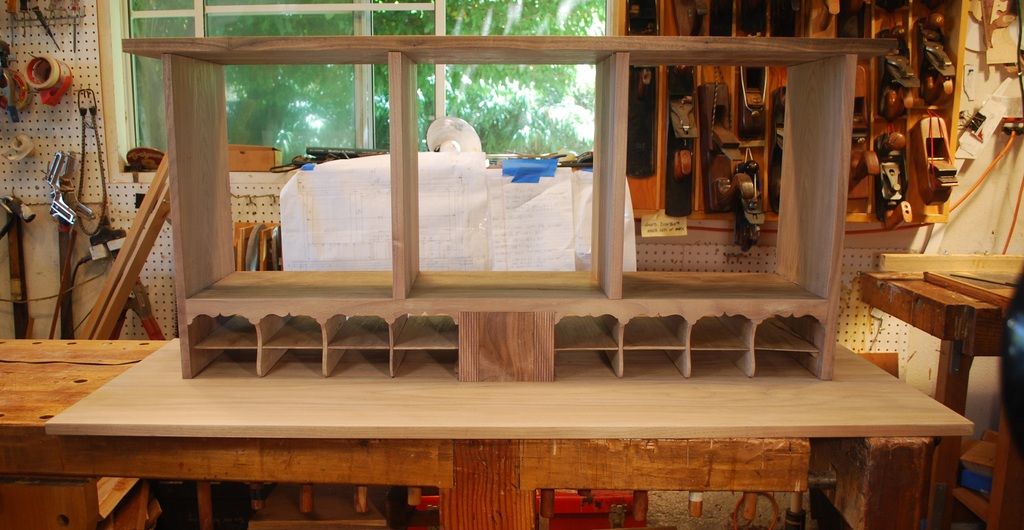

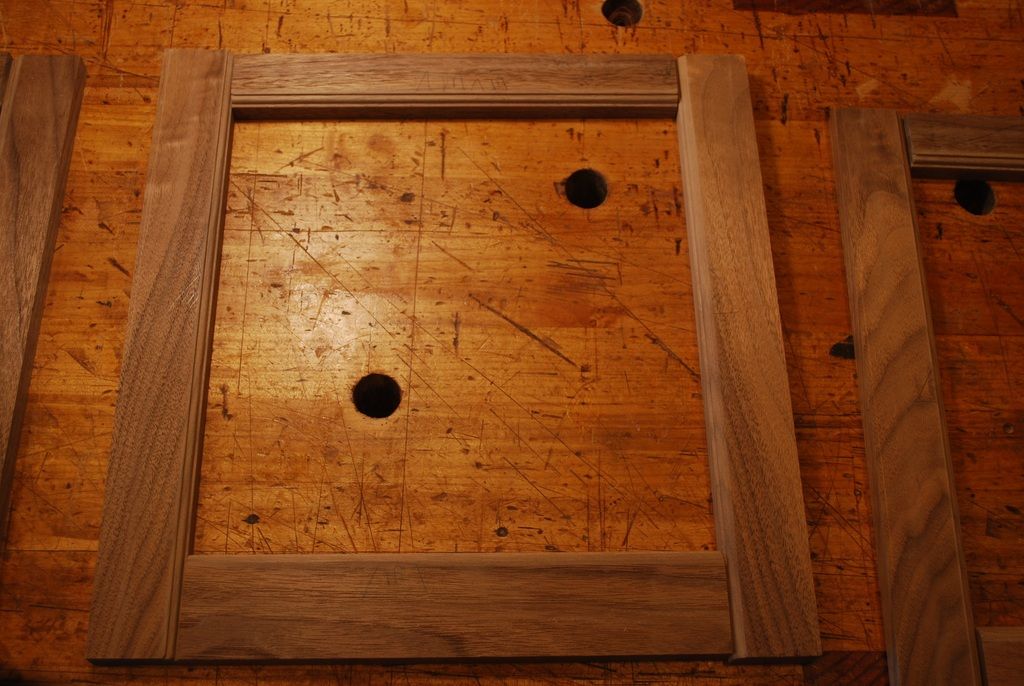
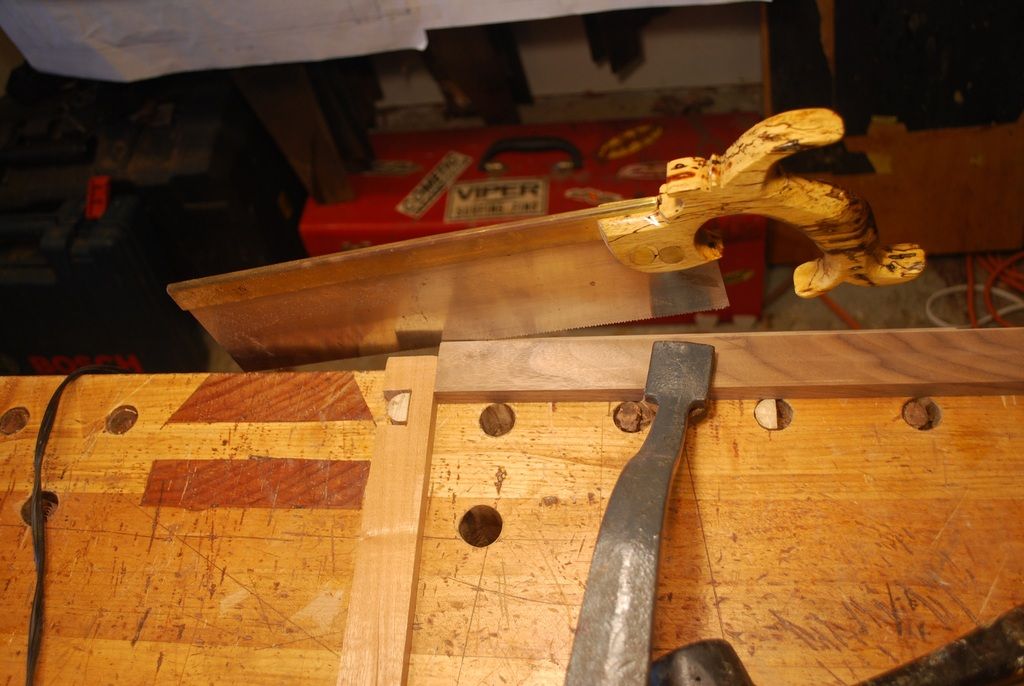
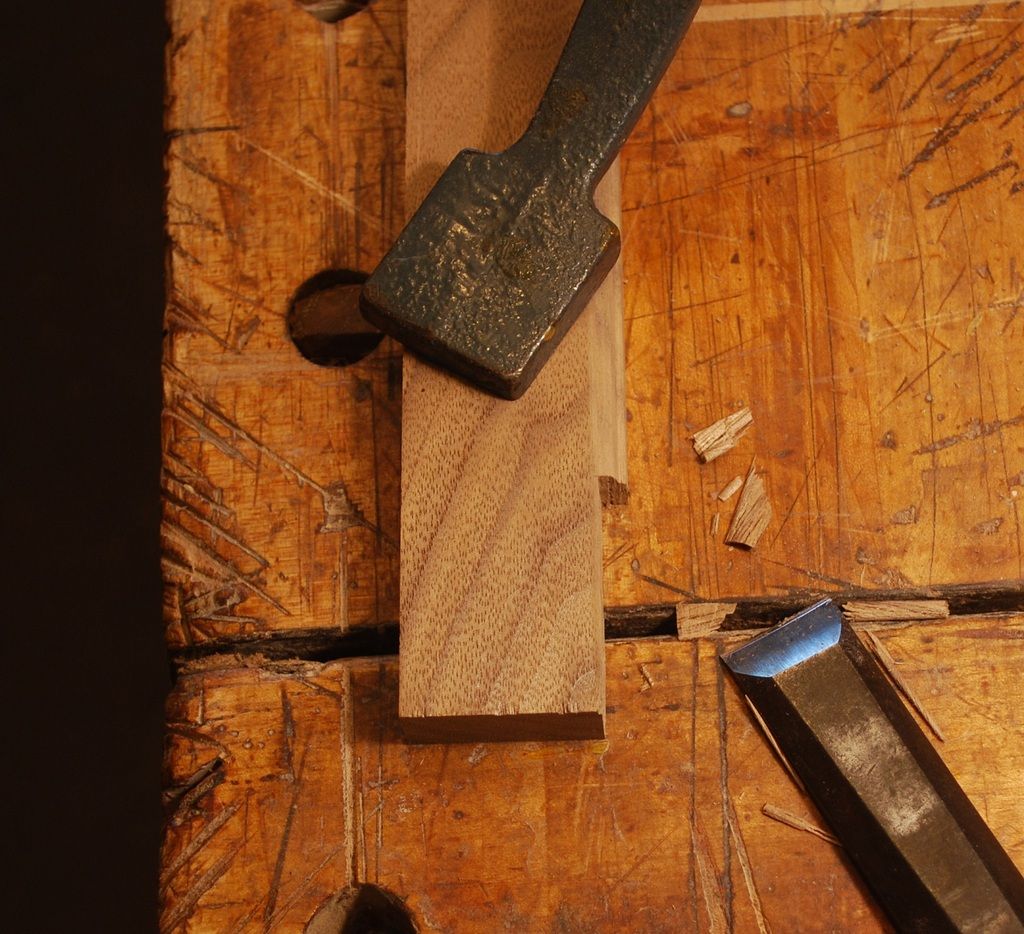
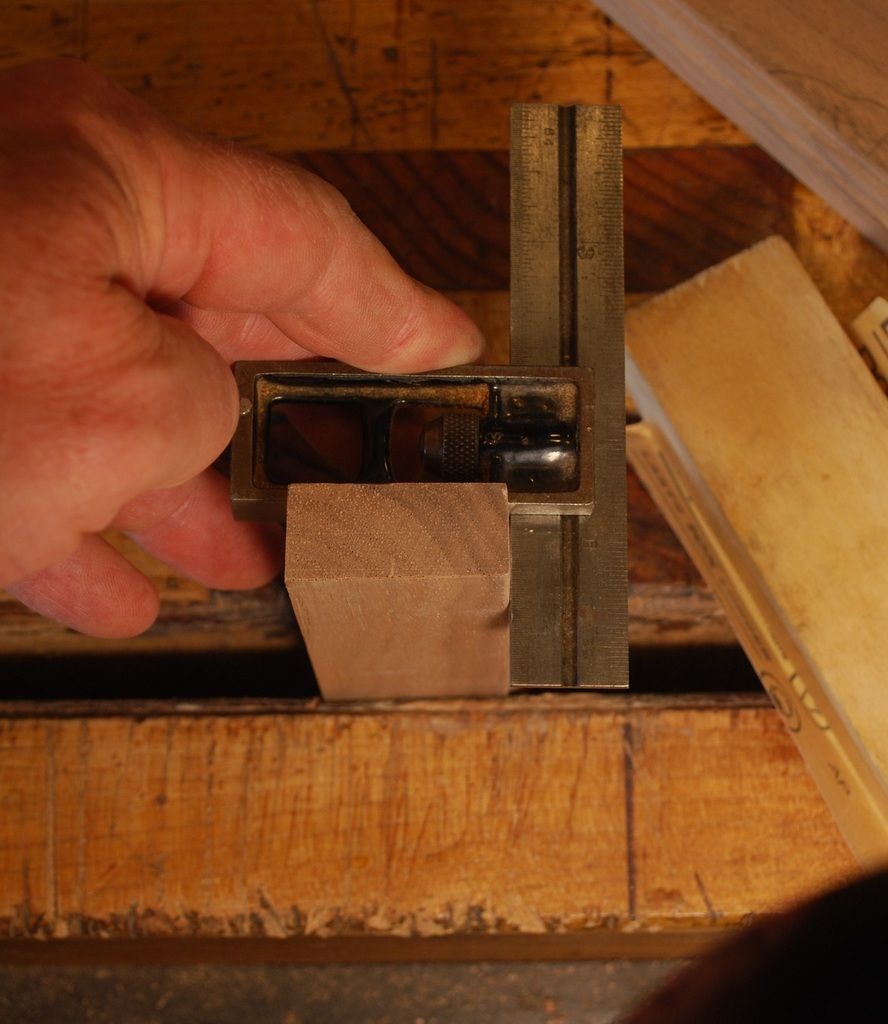

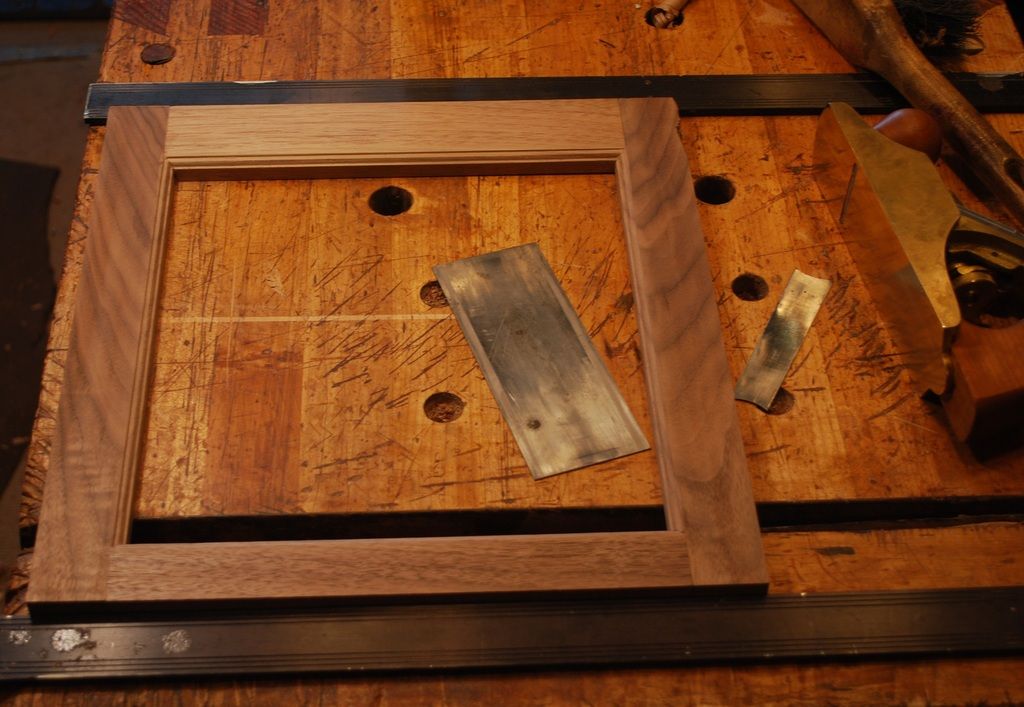

 Reply With Quote
Reply With Quote